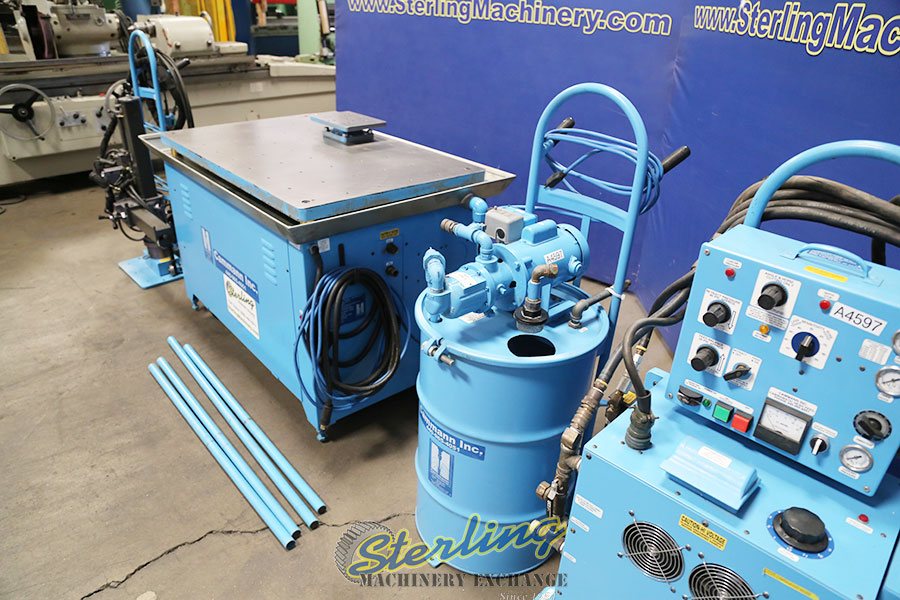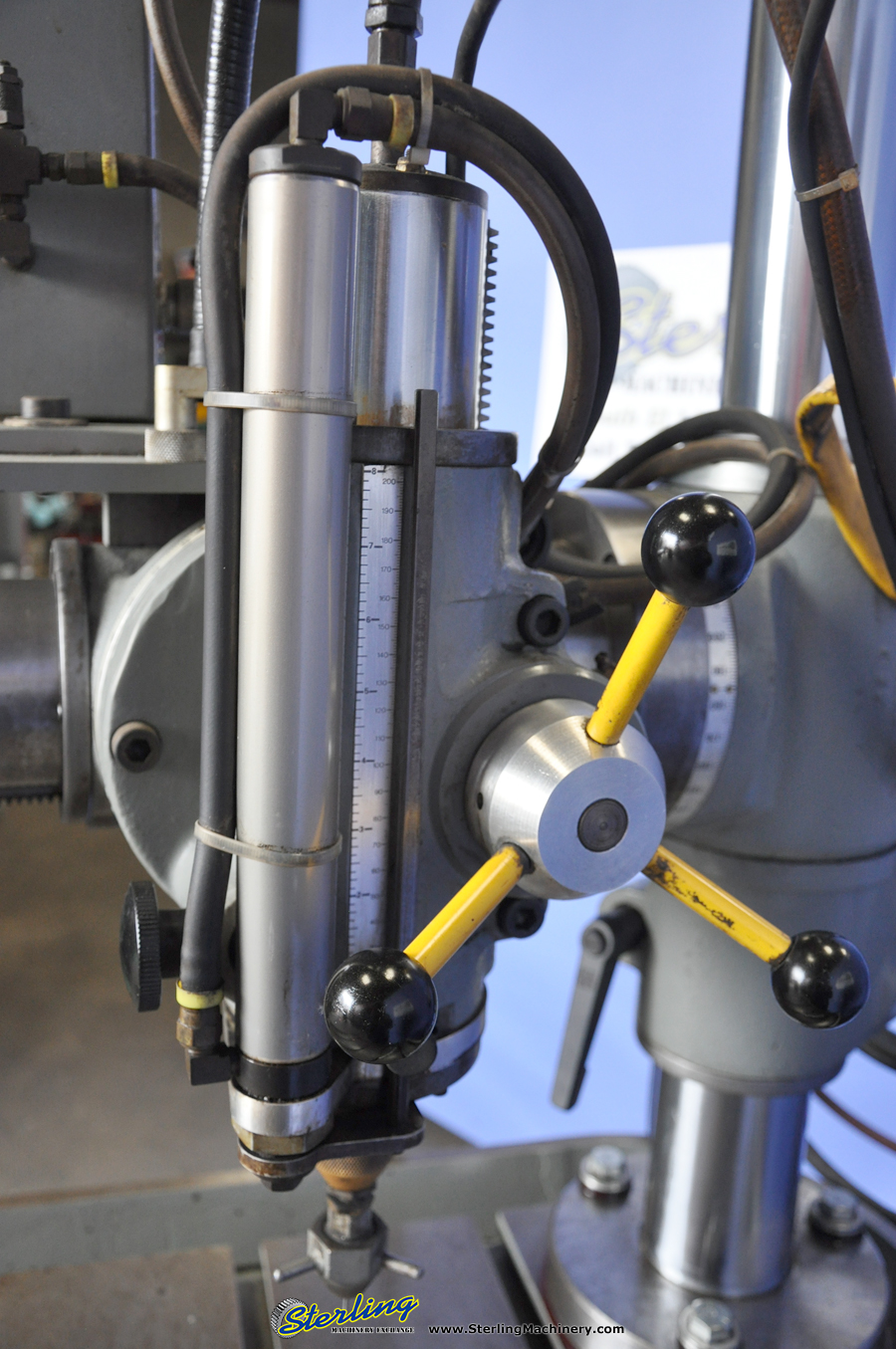

By oxidation to the o-quinone form ( Scheme 1b + a), the moiety becomes highly reactive towards a wide range of organic species (surface-bound or in solution), resulting in covalent linkages. Similarly, catechols can participate in boronate species ( Scheme 1d) that are reversible, even if they possess a high degree of covalency. Strong, yet reversible, and very pH-dependent coordination bonds establish strong adhesion to inorganic surfaces (metals and metal oxides) ( Scheme 1f,g) as well as hard metal ions in solution ( Scheme 1c). The diverse chemistry of catechols is summarized in Scheme 1. Herein, we especially focus on the metal-binding capability of catechols and catechol analogues, and its use in designing self-healing materials. The multifaceted chemistry of catechols makes them very interesting and useful tools for materials design. Inspired by this chemistry, researchers have demonstrated the potential for its use in various materials constructs, including self-healing gels and coatings, as well as strong adhesives. This pH-dependent chemistry is utilized by the mussel both in establishing strong adhesion in the pad and in the fabrication of the protective self-healing cuticle of the byssus thread. At low pH, only non-cross-linking (mono-) coordination is possible, while at increased pH, higher-order (bis- and tris-) coordination of the catechol results in protein cross-linking. The metal-binding capability is also highly pH dependent. Furthermore, at low pH, the catechol form is favored, whereas at higher pH, oxidation to the o-quinone (facilitating covalent bonding) leads to cross-linking. The chemistry displayed in Scheme 1 is heavily dependent on pH: Firstly, the capabilities of the aromatic ring and hydroxyl groups to participate in various physical interactions are affected by pH because the catechol is a weak acid. The chemistry, mechanisms, and synergistic effects of these moieties, especially the DOPA residue ( Section 1.2, Scheme 1), have been heavily investigated in both native proteins and several model systems. These interactions highlight the role of DOPA, but it should be stressed that the complex nature of the mfps strongly suggests that multiple counterbalancing interactions, whose relative roles remain to be fully understood, are at play.

Additionally, the many possible reaction paths displayed in Scheme 1 are responsible for the adhesion to different surfaces and cross-linking of the protein by reaction with other moieties along the protein. However, the high amount of possible reversible interactions of DOPA ( Scheme 1, right), especially the coordination bonds between DOPA and Fe(III) ( Scheme 1c), are believed to enable the self-healing properties of the byssus cuticle. It should be stressed that many questions remain unanswered as to the exact mechanisms acting in the different parts of the byssus and its formation, including synergies between different chemical moieties within each protein and between proteins as well as the process and kinetics of delivery. The proteins mfp-3 and mfp-5, constituents of the mussel byssus adhesive pad and the byssus cuticle, have high contents of the amino acids lysine and post-translationally modified DOPA ( Scheme 1, R = CH 2CH(NH 2)COOH), as well as ferric ions. Since the identification of the amino acid sequences and spatial distribution of the mussel foot proteins (mfps), the field of materials inspired by the mussel byssus has grown considerably. Therefore, the chemical structures and mechanisms related to these functions have been extensively investigated. These abilities are desired for a wide range of materials, for example within the fields of adhesive and biomedical materials.

The completion of this task alone is remarkable, but furthermore, the byssus threads possess a coating that can heal after damage, even though no cells are present. The byssus threads of the blue mussel ( Mytilus sp.) provide strong adhesion between the soft tissue of the mussel and various substrates in both wet and dry conditions.


 0 kommentar(er)
0 kommentar(er)
